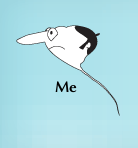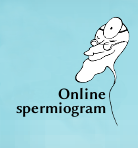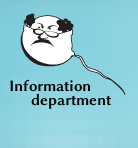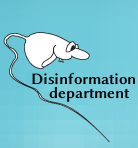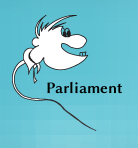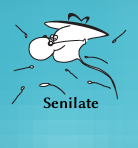The Adam team
Adam Czech Republic is a civic association.
The Adam team consists of (alphabetically):
Hanka is a psychologist. She teaches at the Faculty of Health and Social Studies of the University of South Bohemia in České Budějovice, and has also spent many years volunteering with the “Maternity Hope” Foundation (Nadace Mateřská naděje).
She is married with four sons.
Tomáš is a demographer – i.e., someone who knows how to count how many people are born and how many die and how much all this is going to cost us. He teaches at the Faculty of Natural Sciences of Charles University in Prague.
He is married with two sons and one daughter.
Standa studied at DAMU (the Theatre Faculty of the Academy of Performing Arts), meaning that he is an expert in acting. He teaches at DAMU and at the Pedagogical Faculty of the University of South Bohemia in České Budějovice.
He is married and has three foster children: two girls and one boy.
Other members
Catriona Menzies. Cat studied social and political sciences before itchy feet drove her from her native Scotland to the heart of Europe. She has now been living in central Europe for around 15 years (having dragged her other half with her) and has caught the language bug - Slovak, Czech, French and a smattering of Russian. She spends her time teaching, researching and fixing things (usually English). She is childless or childfree depending on your perspective
Jana Kubínová. Jana is a lawyer dealing with family and reproductive medicine.
Linda Pajić. Linda is an expert in PR. She is married and has two children.
Our association is volunteer-based and has no paid staff (although it sure would help…)
Why did we found our non-profit group?
I first became interested in the psychosocial issues associated with unfulfilled parenthood in the early 1990s, when I wasn’t even a psychologist yet. At that time, assisted reproduction was just beginning, and so was the internet. There was essentially no literature available.
With time, my volunteer activities expanded to include research and education, and something in this whole situation started to nag at me. Something just didn’t seem right. I was bothered by the smiling parents and their perfect children on all those informational brochures for patients. I published three books, and each time I had to fight hard so that there wouldn’t be some kind of children’s symbol on the cover (I was enormously lucky in my choice of publishers – they always let me explain my point of view). The people who turned to me for help were almost exclusively women. I was surprised to find that online discussion groups were populated only by women. And I was amazed that in both expert as well as public forums, the problem was always presented as being a burden only for women, as if men were not interested in parenthood. This picture was absolutely out of sync with the growing number of men who I ran into at gynecologists’ waiting rooms, and the number of fathers at children’s playgrounds, kindergartens, play groups, and pediatricians’ waiting rooms.
I began to represent the “Maternity Hope” Foundation within international organizations and again was surprised – everywhere nothing but women and all the informational materials looked like mirror images of one another, no matter what country they were from: babies, happy partners, pregnant bellies, pink colors, hair ties, flowers,... I was increasingly convinced that the problem wasn’t the subject, but how we talked about it. This conviction was further confirmed by the women who sought out my help; what depressed many of them most of all was that they didn’t share the language that was typical for “unfulfilled motherhood,” and they saw this fact as a possible reason for their lack of success in getting pregnant. Or to put it more simply: they thought that they weren’t the right kind of woman for motherhood, since they were bothered by all the talk “about” and “surrounding” it. My suspicion that the problem was a poor choice in the form of communication was further confirmed by the reaction of those bold and daring men who accompanied their partners to discuss this subject with me. Their realization that both I and their partners welcomed the occasional “coarse” expression and dark humor helped to initiate a relaxed and open discussion that then continued at home.
I knew that any established form of communication (sociologists and philosophers would call it “discourse”) changes only slowly and with difficulty. And so I dreamed up this non-profit group in order to help bring this change about.
Together with Tomáš, Standa, and our fictitious guide Adam, we hope that our somewhat unconventional project will find its audience and that it will be worth it.
Hana


